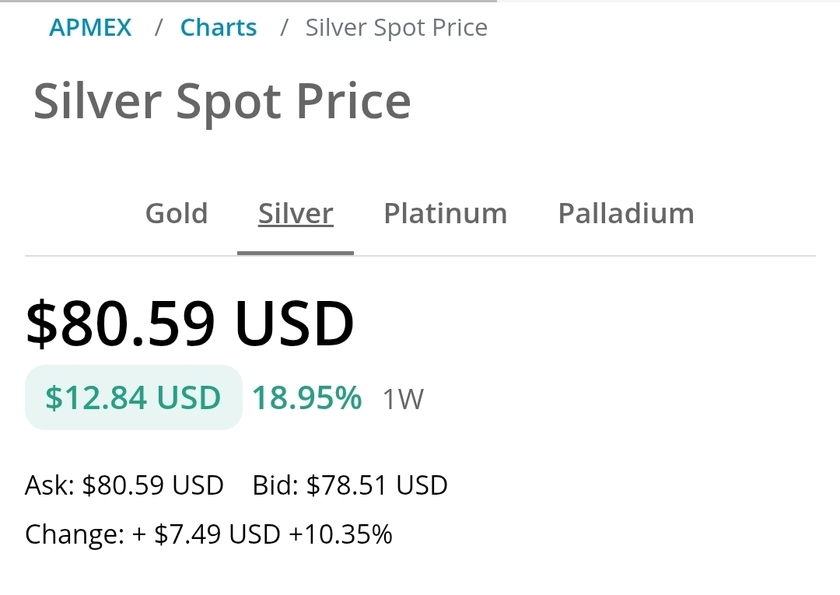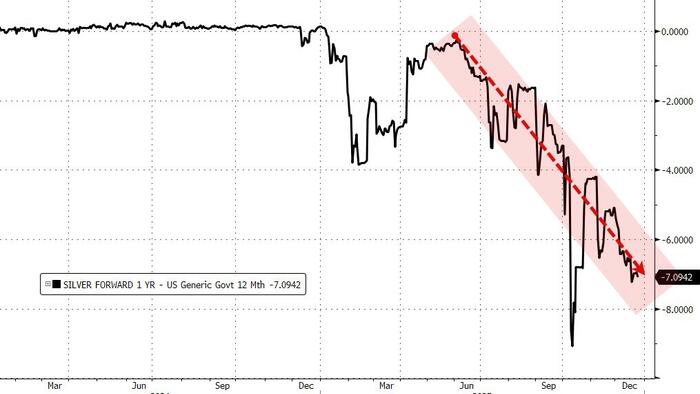At Whale Alert we analyze and report interesting blockchain transactions and for Bitcoin there is no subject more interesting and mysterious than the founder known by the alias Satoshi Nakamoto. We were able to make the most accurate estimate of the number of blocks mined and bitcoins owned by Satoshi: 1,125,150 bitcoin mined up to block 54,316 with an estimated total value of the unspent bitcoin of at least $10.9 billion USD in today’s market. In addition to the size of his fortune we were also able to deduce the purpose of the Patoshi miner: to defend the young network from attacks.
Central to the workings of the Bitcoin network is mining, which ensures transactions are safely executed. In order for a transaction to be processed, one of the many miners needs to bundle it in the block they have mined. The strength of the Bitcoin network is positively correlated to the number of miners: more miners means a safer network that is more reliable and more resilient to attacks. Very simply put, mining is a guessing game in which the participants simultaneously try to guess a huge number. The winner gets to mine the block and claim the block reward (50 bitcoin per block in the early days)and, in addition to the transactions, other details related to the mining process, like the nonce and extranonce values (used by the miner during the mining process), are added to the block. In 2013 Sergio Demian Lerner discovered that there was a distinct pattern visible in this extranonce value in the coinbase transaction (the transaction in which the rewarded bitcoin for mining a block is created) of each block.
Figure1 shows the extranonce values at a block heights below 20,000 with each block represented by a dot and creating a distinct saw like pattern. Lerner argued that the diagonal lines are created by miners using the publicly released standard bitcoin software: the straight lines they leave behind are the result of the miner incrementing the extranonce either during their own mining process or each time a new block is mined on the network. The distinct saw pattern is created by resetting the extranonce value to zero which happens whenever a miner is restarted. The almost vertical lines in the graph have been attributed to a miner that Lerner named Patoshi. We know for certain that Patoshi was operated by Satoshi, because its pattern emerges at the very birth of the network and it mined the block that created the bitcoins sent to Hal Finney. Lerner found additional proof for his claims in the nonces (another value used in the mining process that is also stored in each block, but is different from the extranonce) of the blocks mined by the Patoshi miner: the last byte of the nonce was always within the ranges of 0 to 9 or 19 to 58 whereas all other miners used the full range of 0 to 255. This discovery made it easier to attribute blocks to Patoshi by removing the ones with nonces outside of the range. However, attributing blocks remained difficult at the intersections of Patoshi and standard miner patterns, especially past block 20,000 after which the number of active miners increased greatly.
We suspected that the limited range of the last byte of the nonces was the result of work being divided over a number of computers or CPU cores, with each one using a different number to prevent duplication of work. With this in mind we checked if there was any variation within the range itself as a result of mining capacity being added or removed and we found that it indeed changed over time. For instance, the range [0–9][19–58] was only used during the first 18,015 blocks and was then reduced to [0–9][19–48] until block 21308 with the same happening for later block periods (ranges per block period listed in table below) (Similar findings have been described in this anonymous blog). Our research also revealed some interesting new details: between blocks 21,467 and 25,777 the range [0–9] was only used at the start of each Patoshi chain (each chain being a single run of the miner, and thus a single line in the above graph) and the number 39 was only used sporadically. Between blocks 25,811 and 54,316 the number 29 is missing entirely from some chains. These anomalies could indicate that certain computers or cores were defective or turned off during these periods. These findings allowed us to exclude even more blocks that were not mined by Satoshi and provided us with a clearer image (see figure above) which was especially valuable at higher block heights where the mining activity on the network increased drastically.
The improved attribution of Patoshi blocks allowed us to accurately determine the average mining speed for Satoshi’s miner and surprisingly we found that changes in the nonce ending range did not correlated to changes in mining speed: the average mining speed stayed incredibly constant for long periods of time. For example, for the entire range of blocks between height 2,000 and 16,000 the average number of blocks mined by Patoshi per hour was almost exactly .6 per 10 minutes, even though the number of miners varied greatly during this period. From the data it is apparent that the Patoshi miner adjusted its speed between blocks to maintain the average; when a Patoshi chain was creating more than .6 blocks/10 minutes, the block time for the following Patoshi block was on average lower and vise versa. There are two reasons why Satoshi would want to maintain this average: first, he saw 51% attacks as the biggest threat to the growing network and by maintaining a constant 60% of the processing power he could prevent these from happening while leaving enough blocks for others to mine. As more “honest” miners joined the network and a 51% attack became less likely, Satoshi was able to gradually scale down his mining activities. Second, Satoshi stated that the ideal block time was around 10 minutes and by controlling enough processing power it was possible to artificially keep the block time around this time when there was not enough or too much activity on the network. We suspect that Patoshi was comprised of at least 48 computers, with one machine for coordination and more on standby in case of an attack, which would explain the missing range of [10–18]. As soon as Satoshi deemed the network strong enough he reduced Patoshi’s blocks per 10 min target to give others a better chance at mining a block.
Knowing the changing nonce ranges allowed us to attribute more blocks to Satoshi and with higher certainty: an estimated 22,503 out of the first 54,316 blocks mined. For 50 of these blocks the coinbase transactions (or mining rewards) have been spent, one of which certainly by Satoshi in a transaction of 10 BTC to Hal Finney. 31 of the spent blocks are possible false positives, meaning they matched the Patoshi ‘fingerprint’ by chance and belong to a different miner. We are confident that 18 of the spent blocks belonged to Satoshi, making the total spent by Satoshi 907 BTC (price per BTC was less than $0.01 USD at the time of these transactions) and leaving 1,122,693 BTC unspent.
The goal of this research was not only to find out how much, but also why Satoshi was mining in this particular manner. Did Satoshi stop mining with the Patoshi miner after block 54,316? It is impossible to know whether the mining software was changed and became undetectable as a result or if Satoshi continued mining using the publicly available mining software. There are some anomalies found in higher blocks like the over-representation of nonces ending in [0–9] after block 70,000 and a strange pattern using the same ranges between block 109,500 and 112,500, but at the moment it is safe to say that the Patoshi miner was turned off in May 2010. The timing of the shutdown, the mining behavior, the systematic decrease in mining speed and the lack of spending strongly suggest that Satoshi was only interested in growing and protecting the young network. The bitcoin mined by Patoshi were possibly a mere byproduct of these efforts and it is unlikely that the remainder will ever be spent, although the question remains why Satoshi didn’t simply burn them in this case. Our findings do not exclude the possibility that Satoshi was also running a miner using the publicly released software, if only for testing purposes, and we believe it is likely that at least one of the non-Patoshi patterns belongs to Satoshi as well.
Note: according to our research the following blocks have been mined and spent by Satoshi: 9, 286, 688, 877, 1760, 2459, 2485, 3479, 5326, 9443, 9925, 10645, 14450, 15625, 15817, 19093, 23014, 28593 and 29097.
https://whale-alert.medium.com/the-satoshi-fortune-e49cf73f9a9b

































